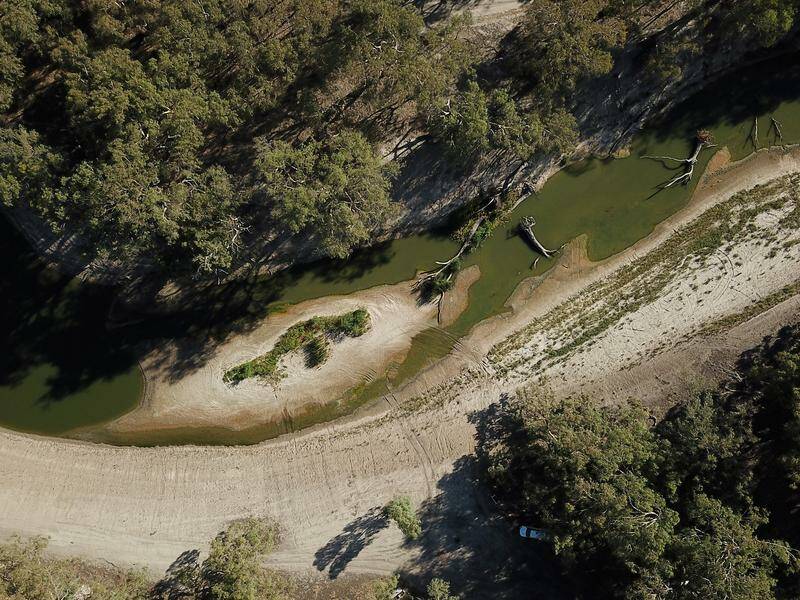
New reports into the health of Australia's largest river system are a "wake-up call" despite plans to return environmental water showing positive signs, an expert says.
Subscribe now for unlimited access.
or signup to continue reading
See subscription optionsThe Murray Darling Basin Plan has recovered 2135 gigalitres of annual water entitlements to the environment, but declining native fish populations, ongoing water-quality issues and dry flood-plains persist, Basin Authority assessments show.
Federal environment and water minister Murray Watt hailed the plan for encouraging native fish and waterbird breeding, and flushing more than four million tonnes of salt from the Murray River, but said more needed to be done.
"The hard work of communities, farmers and governments to restore water use in the Basin to a sustainable level is paying off," Mr Watt said.

Australian National University professor Jamie Pittock said the Murray Darling Basin Authority's assessments amounted to state and federal governments marking their own homework.
"These reports should be a wake-up call for the federal government," Prof Pittock told AAP.
"Murray Watt has a great opportunity to look at this with fresh eyes and to assess whether the available funding matches the ambition."
Prof Pittock called for tougher measures on state implementation of water controls, tighter water monitoring and for action on delivering water to mid and high flood plains, a key tenet of the plan.
It is no easy task balancing the basin's environmental needs with its 2.4 million residents, Indigenous communities, farms and businesses that depend on it, basin authority chief executive Andrew McConville said.
"It's clear from the results that the basin plan is working, but there is more to be done," he said.
"What we do next will determine the long-term health of the basin."

The ultimate goal of returning 3200GL to the system would prove long and costly, with the most cost-effective water efficiency measures already exhausted.
Hydrology reports found the basin had become hotter and drier in recent years, following years with strong floods or droughts but little in-between.
While water management strategies had helped reduce salinity, water quality issues such as blue green algae, black water and hypoxic water events were on the rise, in many cases leading to mass fish deaths.
Native fish populations continued to struggle even in areas where environmental water had been returned, although populations of select species like golden perch and Murray cod improved.

Waterbird populations had risen in recent years, but were still recovering from the long-term decline recorded before the basin plan was adopted.
For communities along the river system, the basin's economy and its agricultural turnover rose from $35 billion to $54 billion between 2002 and 2022, but populations had fallen in smaller, less economically diverse towns as their water access dried up.
The report found more had to be done to include traditional owners in water management and decision-making, with only up to 0.2 per cent of total water allocation by volume held by Indigenous interests.
Australian Associated Press

